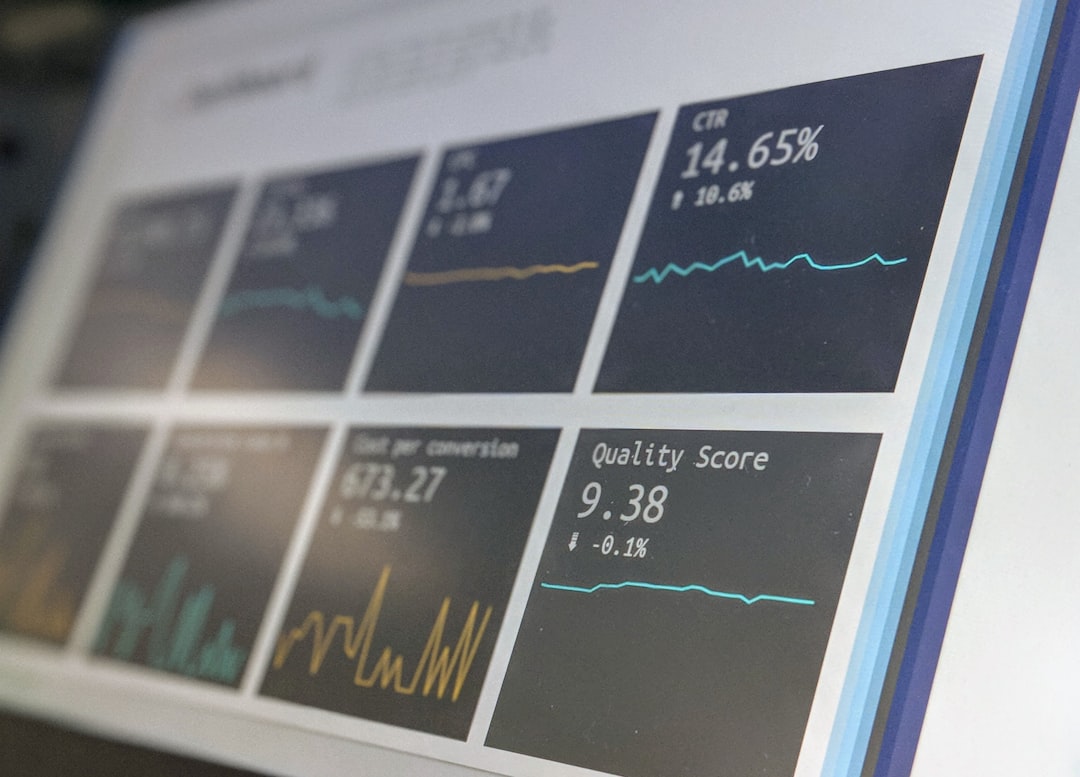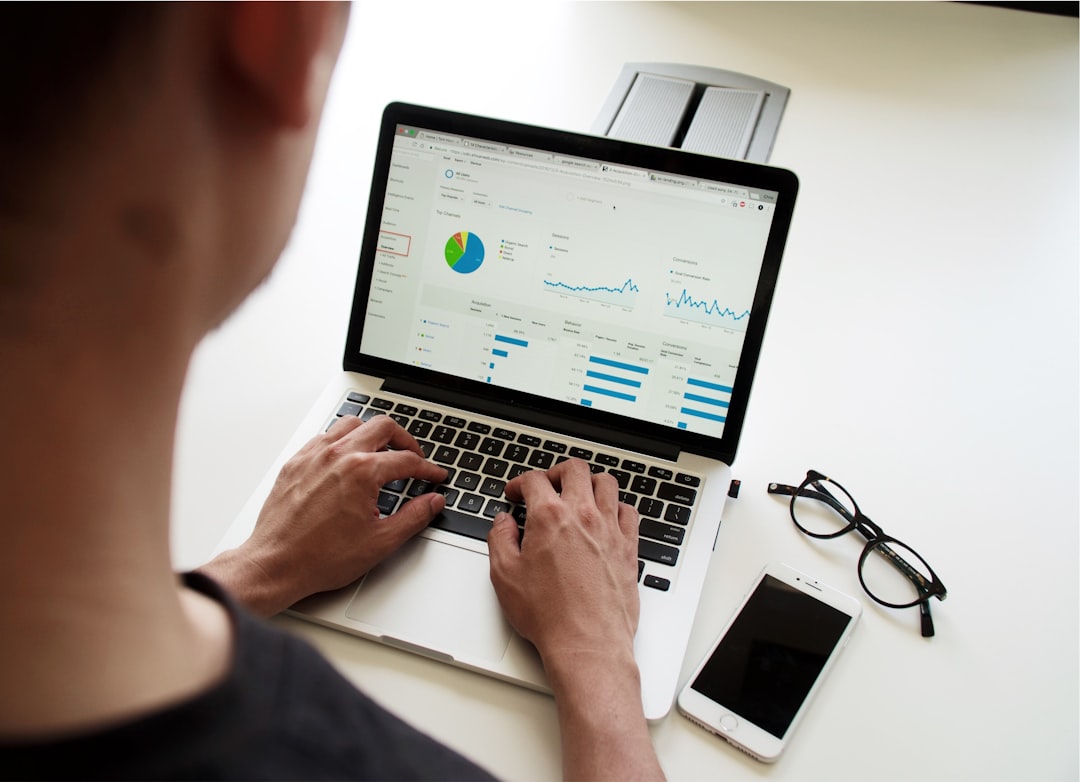
Decoding Economic Data: How to Interpret Economic Reports Effectively.
# Introduction. In an increasingly interconnected world, economic reports serve as crucial indicators of financial health, guiding decisions for investors, businesses, and policymakers alike. However, understanding the complexities of these reports can often be overwhelming. From GDP figures to unemployment rates, navigating through various economic parameters requires a keen eye for detail and a foundational understanding of economic principles. This guide aims to equip you with essential tools and techniques for effectively interpreting economic reports, thereby enhancing your capacity to make informed financial decisions. # Understanding Economic Reports. Economic reports come from various authoritative sources, including government agencies, international organizations, and private research firms. These reports cover a range of topics, such as GDP growth, inflation rates, consumer confidence, and employment statistics. Each report usually contains a wealth of data presented in tables, graphs, and written analyses. To interpret these reports effectively, one must examine the context, methodologies, and the implications of the data. ### The Importance of Context. Context is critical when interpreting economic reports. For instance, a report showing a surge in GDP might seem overwhelmingly positive; however, if it follows a prolonged period of recession, the numbers could be misleading. Thus, analyzing the historical context — previous reports, global economic trends, and current events — is essential. Knowing the broader economic environment can help you discern whether a reported metric is part of a recovery, a bubble, or a cyclical downturn. # Key Economic Indicators to Watch. Several economic indicators are particularly important for gauging a nation's economic health. Among these are: - **Gross Domestic Product (GDP)**: This figure is the total value of all goods and services produced over a specific time period. A growing GDP often signifies a healthy economy, while a declining GDP could indicate recession. - **Unemployment Rate**: This statistic measures the percentage of the labor force that is unemployed and actively seeking work. A low unemployment rate generally reflects a strong economy. - **Inflation Rate**: Inflation measures the rate at which prices for goods and services increase, indicating the cost of living. Moderate inflation is typical and indicates economic health, while hyperinflation can be detrimental. Each of these indicators tells a different part of the economic story, and analyzing their relationships can offer deeper insights. # Analyzing Data Trends and Patterns. After examining key indicators, look for trends and patterns over time. Are the numbers improving, declining, or remaining stagnant? Trend analysis can provide valuable insights into the longevity of economic conditions. For example, if inflation increases steadily over several months, you might anticipate changes in consumer behavior, such as decreased spending due to rising prices. ### Comparisons are Key. When interpreting economic reports, comparing data with other countries or regions can also provide context. For example, while raw GDP growth for one nation may seem high, it can offer a different perspective when compared to other economies. Knowing how a country stands relative to its neighbors helps in grasping its economic health more accurately. # Employing Tools for Insightful Analysis. With the availability of numerous resources online, employing analytical tools and economic models can enhance your understanding of data. Websites such as the World Bank and the International Monetary Fund provide interactive databases that allow you to manipulate various economic parameters, offering a hands-on approach to learning. Moreover, tools like Excel for graphing and statistical analysis can facilitate the interpretation of complex data patterns to gain insights that support decision-making. # Conclusion. Interpreting economic reports is not just a skill but an invaluable asset for anyone keen on navigating the financial landscape. By understanding the context of the data, focusing on key indicators, and employing analytical tools, you can make sense of economic conditions and trends. This knowledge empowers you to make informed decisions, whether you're investing, strategizing business plans, or researching economic conditions for personal reasons. In a world driven by data, enhancing your ability to interpret economic reports is an essential endeavor. .







